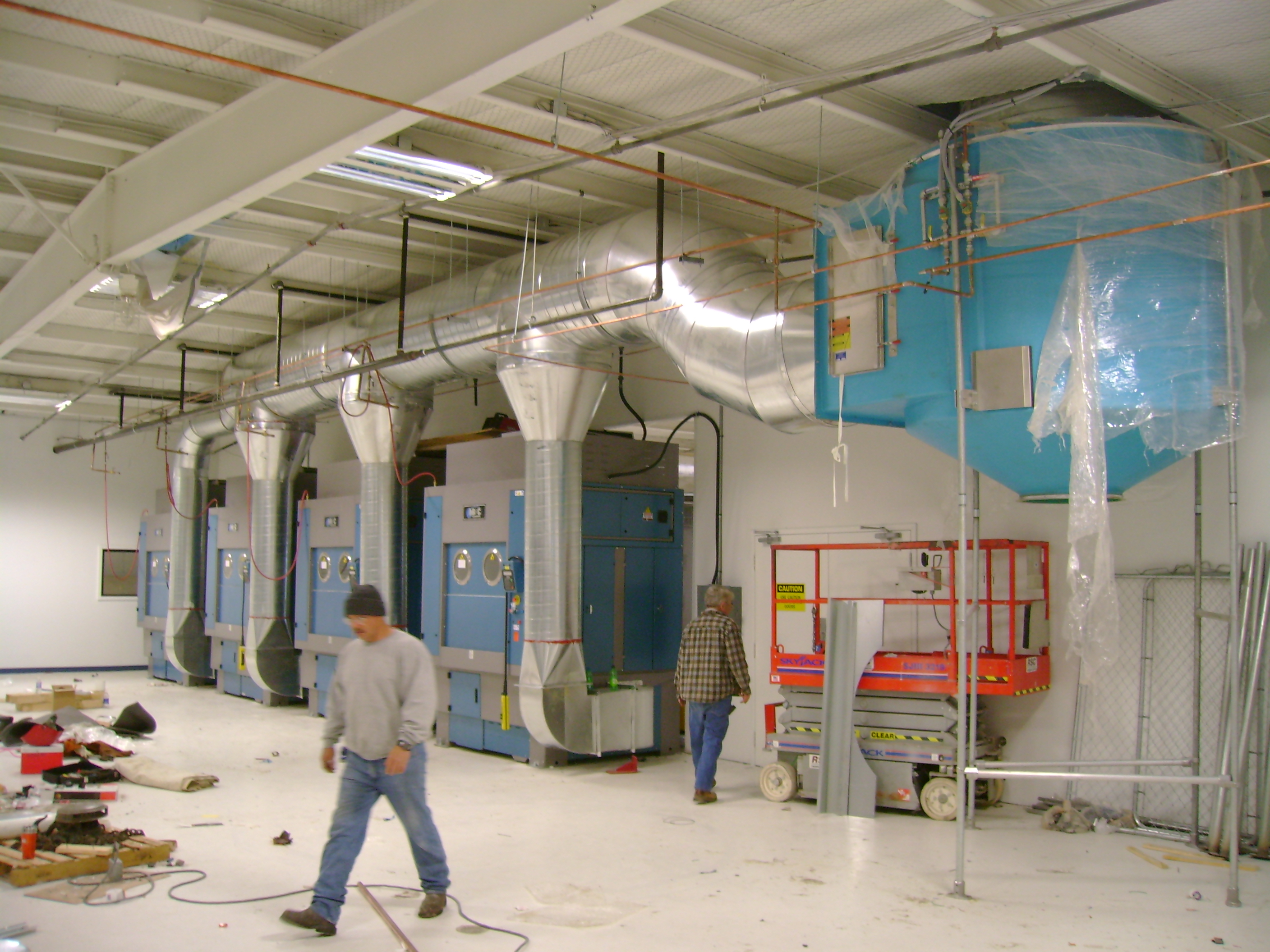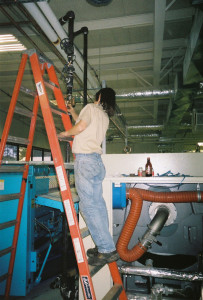
By Hugh Gilmore, PhD, Senior Consultant, Water Energy/Laundry Consulting
Bob Beddingfield, Owner, Water Energy/Laundry Consulting
Last week we explored five important points to consider when building a laundry. This week, our authors outline five additional points you should consider – whether you’re building a new laundry from scratch or updating / re-building an existing facility.
6: Select a project team.
It is always helpful to draw upon the knowledge of key people within your operation for their input when considering changes to a facility. Key individuals – department supervisors, foremen, managers – will have the first-hand knowledge and experience to help you make decisions. For example, a floor supervisor will be able to help you decide if a sorting machine may raise profits and reduce employee engagement. Your front-line project team will have the input you need to help make your operation more efficient.
7: Be aware of industry practices.
Be aware of industry practices and use them to set standards to eliminate wasted space and man hours. It is important to know about everything that goes on inside a plant prior to expanding or building a new plant. Your project team can be very helpful in this area. Know the number of pieces and pounds (PPOH) your team members can process hourly. When you have good team members who follow set standards, it is helpful in determining how many pieces of equipment you will need. When team members fall short of set standards, more team members are needed and that translates to more space and man hours required to get the same amount of work done.
8: Know your machinery.
Not putting in the right equipment is the biggest mistake made when building or renovating an existing laundry. That is why knowing the necessary poundage and piece counts are imperative.
Equipment is a large chunk of a laundry’s budget but less expensive equipment isn’t always a better deal. Get the right warrantee. Don’t skimp on 10% – get 100%. Find out how long it takes an equipment manufacturer to service their equipment. Remember – time is money.
Take part in the equipment purchase process. Speak with other laundry operators about the equipment they use. If you’re moving your laundry into the era of automation, you should have a good technical person available to you for issues that may arise.
9: Educate yourself on legalities.
Be aware of the governing federal, state and county laws in your location. There are a host of laws you will need to be in compliance with – from the building itself to compliance inspections and work permits to environmental standards that must be met. Wastewater guidelines are something to consider in many areas. Traditional laundry chemicals can be harmful to the local wastewater system and may lead to impact penalties from your local POTW. Make sure all legal specs are met – down to the county and local city levels.
10: Don’t take short cuts.
Short cuts are never a good idea. Don’t try to ‘get away’ with cheap materials. Spend the money now on quality so it will last. Make sure all building professionals for electrical, heat, gas and plumbing are licensed and have first-hand knowledge and experience on a similar project.
Many operators outsource the building or expansion of their facility. Some use in-house engineers, other bring in outside professionals. No matter which route you choose for the expansion or build of your laundry – ask questions and make sure you understand the processes being taken on your behalf.
Don’t be too worried that you might delay the completion of your project. It is always a good idea to be personally involved in the entire process so you can help identify a problem before it gets ‘built-in’ to your laundry. Ask questions and demand complete answers because once a problem becomes a permanent feature, it is much more expensive to fix it or live with it!
Clearly, building or expanding upon a laundry has many more than 10 considerations. It is a complicated and arduous but process but the outcome, when handled correctly, will be an efficient and profitable laundry – worth every bit of the time and effort you put into it!
Go here to read Building a Laundry (Part 1)
About the Authors:
Hugh Gilmore, PhD is a Senior Laundry Consultant at Laundry Consulting and Water Enery Tech, Inc. He is also a former Director VA Laundry System with over fifty years in the industrial laundry industry.
Bob Beddingfield, is the owner of Laundry Consulting & Water Energy Tech, Inc.
Laundry Consulting offers a comprehensive set of consulting, engineering, construction, optimization and training services to the laundry industry including laundry planning and design; equipment sales; installation, startup and optimization, training and more. Laundry Consulting is a division of Water Energy, a manufacturer and distributor of advanced water treatment systems including ozone laundry systems and water recycling systems.
For more information on Laundry Consulting and Water Energy: www.laundryconsulting.com / www.waterenergy.com














